
User onboarding is an essential part of product usage and user retention. Apart from explaining your product’s offerings, it’s an excellent way to get your users on board and show them how to use your device. As a result, you will experience less customer churn rate and an improved retention rate.
However, how do you set up an effective customer onboarding process in 2022? What are the best practices to adopt, and what examples should you emulate? These are important questions that are answered in this piece.
This article discusses the top best practices you can employ to design a successful user onboarding. You will also find practical user onboarding examples.
Let’s get started.
What is user onboarding?
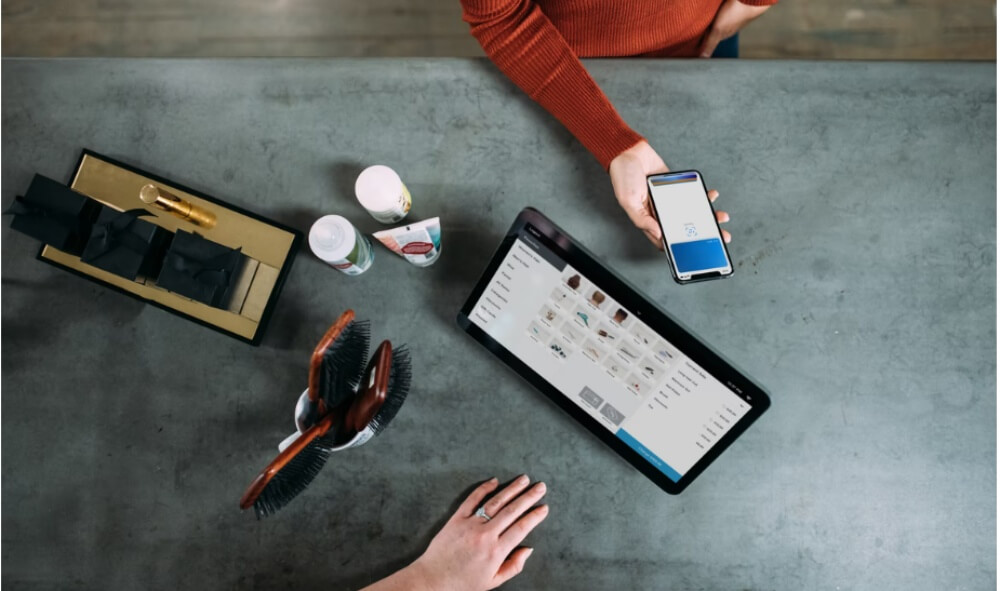
You probably have heard of the prominent roles user onboarding plays in improving the user experience with a product or brand. But you may wonder: what is user onboarding?
It is the first experience a customer has with your product after purchase. For example, what happens after they download your app or sign up on your platform.
User onboarding ensures your customers understand how to use your product after buying it by providing resources such as product walk-throughs and tutorials. It ensures your customers know the next step to take. It also enlightens them about different features to enable an optimal experience.
The most prominent benefits of this crucial process are to boost product activation and customer retention. For example, if your users can figure out how to use your product seamlessly, they can activate your product without a hitch. It also provides an excellent experience for your customers, motivating them to use your product again.
Best practices for user onboarding in 2022
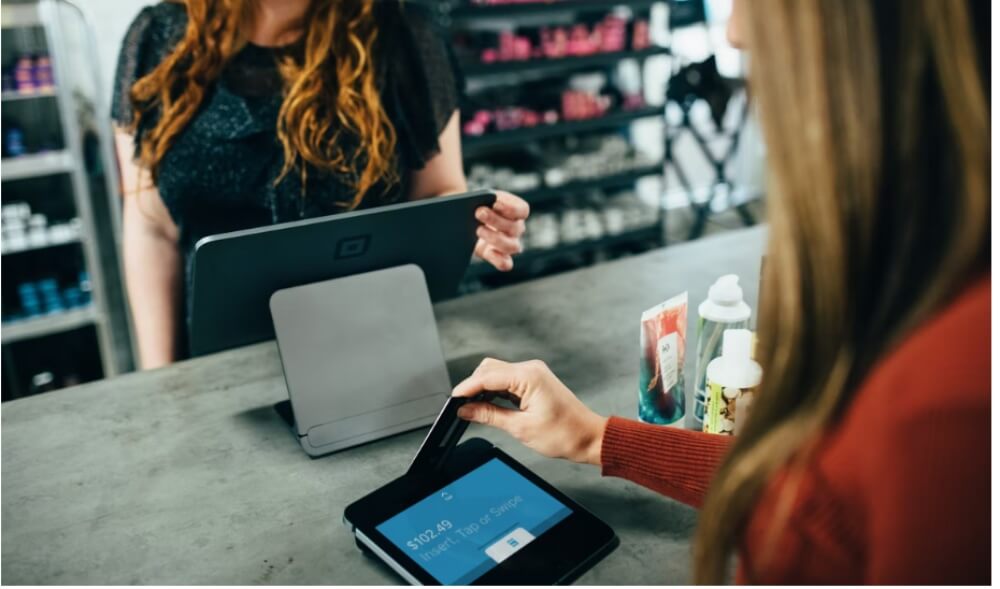
Design an effective user onboarding in 2022 by following these proven practices:
You must have a deep insight into your users’ behavior to create a user onboarding process that meets their needs. Although different people will use your product, it’s best to create a buyer persona that fits your general user’s behavior.
Your buyers’ persona is your ideal audience. Therefore, understand your customer’s challenges, interests, and expectations to create an onboarding process that answers their questions.
Also, understand that every users’ journey is different. For example, while a customer may be at the first stage of using your product, another may have passed the get-started stage and in search of new features to perform more challenging activities. So, ensure your onboarding process supplies each user with what they need to complete their current stage and move to the next one.
According to the Zensite UX design agency who is known to be an expert in this field, user onboarding is as important as product-market fit.
An effective user onboarding process encourages your customers to take action. Rather than explain how a product works only, inspire your users to act by telling them what to do. For example, rather than say, “this feature enlarges your photo,” don’t stop at that. Instead, take it a step further and say “click to see how” or “enlarge your photo.”
Doing this will make the process actionable and engaging. As a result, you have better outcomes because you can get your users to do what you want them to do.
The “wow” and “aha” effects engage and encourage your users. The “wow” effect creates a surprise for your user. An excellent example is discovering a new feature or benefit.
On the other hand, the “aha” effect creates a feeling of accomplishment for your user. For example, when they perform a new task. After figuring out how to use a new feature or carry out a new function, the surprise about the discovery and success keeps your users elated.
It also encourages them to do more with your product and keeps the process fun. For the best effect, consider using animations. For example, after discovering or completing a task, you can encourage them with an animated compliment like “well done!” or “you made that look easy!” This goes a long way in boosting your users’ moods and improving their overall experience.
Many users often get bored and leave a task unfinished while performing a new function or setting up their account. However, breaking an activity into a step-by-step process, and showing them how many steps are left to complete a stage, influences people to complete a task.
To do this, use indicators to show them how much time is left and what steps are remaining. You can do this through pop-ups or by marking a checklist. The preceding shows your people how close they are to reaching their goals and inspires them to continue.
So, you can get them to complete many processes rather than stop because they don’t know how much time or how many steps they have to complete it. As a result, you will reach your brand goals because more users will activate your product and use more features on your app.
Best user onboarding practices practical examples
Many successful brands set up the best user onboarding process to provide a more direct experience. Let’s take a look at practical examples:
One of the first challenges users face after downloading an app is signing up. Fortunately, Netflix helps its users navigate this stage effectively with a simple design and precise information to get started quickly.
First, it eliminated the commitment barrier that often discourages users from signing up by providing a free trial. The app also assures the users that they can cancel at any time.
Second, a well-organized pricing section lists the different plans their users can choose from. Third, Netflix broke the sign-up stage into a step-by-step process to show users how many steps they need to take to complete their registration.
Next, Netflix backed every stage with a call-to-action that tells its users what they need to do. Then after logging in, the app algorithmically provides a list of recommended content for users.
For example:
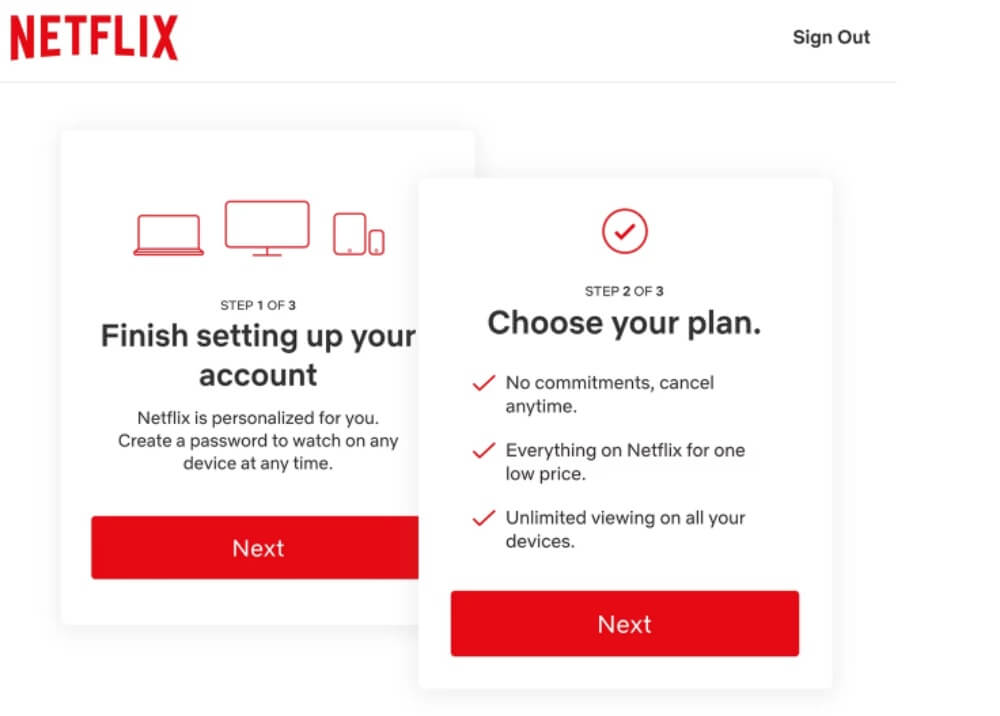
Dropbox helps its users get started with a straightforward onboarding process. After users create an account, the app walks them through the following stages: user verification, document uploading, and file sharing. Also, it broke the stages into a 7-step process to motivate users to complete them.
Take a look:
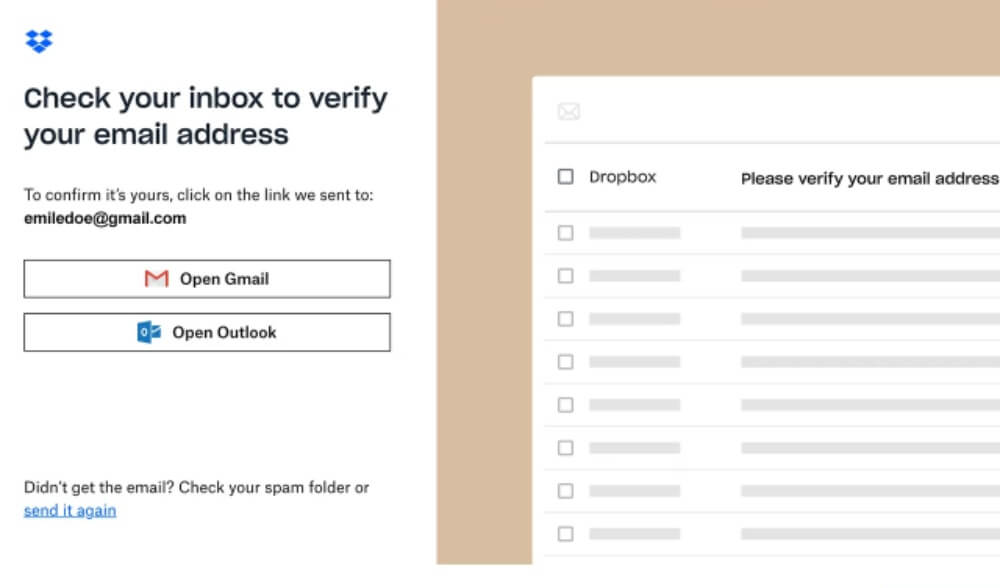
The Slack messaging app offers a quick and interactive user onboarding flow. First, it asks users a few questions, such as their company’s name to personalize their experience and get them started.
Rather than steps that involve email verification and password authentication, the app connects users to a chatbot that takes them on tour. It asks them questions and reveals the app’s main features.
For example:
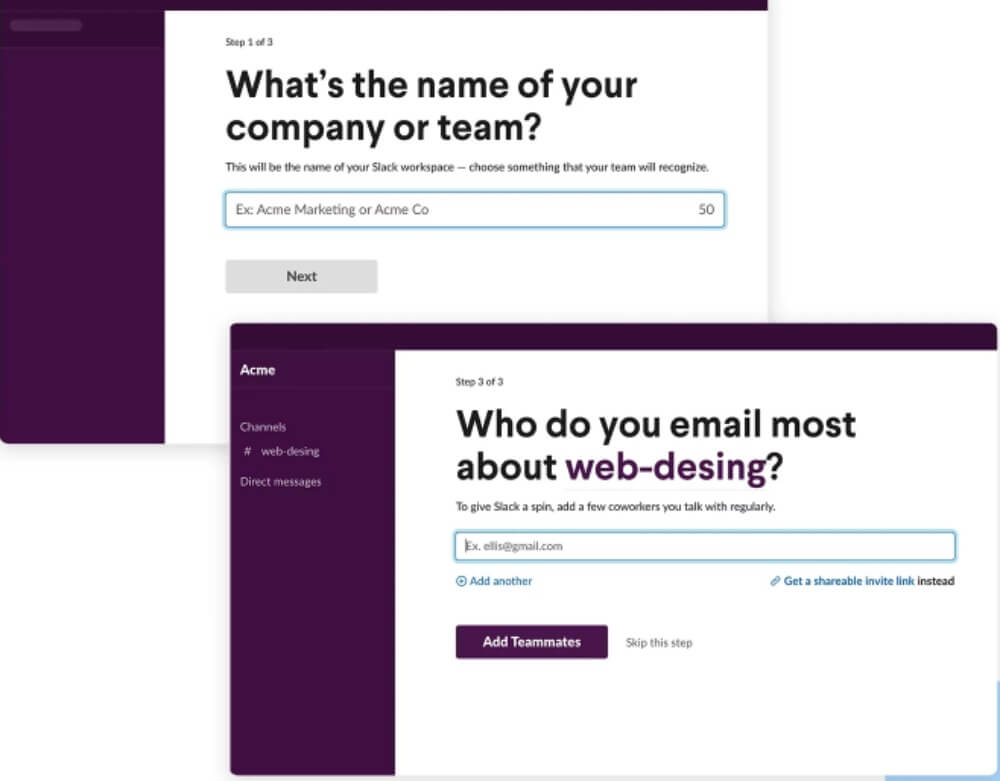
Evernote is an effective productivity app with an excellent onboarding flow. It uses visual storytelling to show the app’s features and its ability. The visuals explain the app’s features and ask questions to customize the user’s experience.
For example:
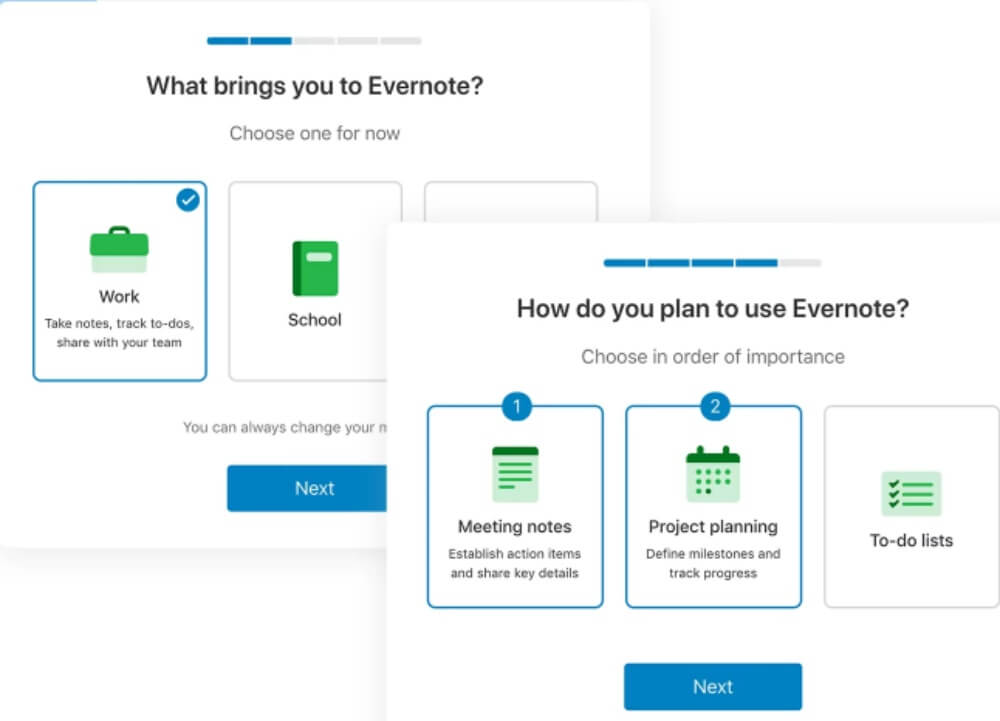
Duolingo is a language app that enables a quick onboarding process for users. They can select their goals from the get-go and choose how to start. Then, it presents features that allow users to make the most of their experience on the app.
For example:
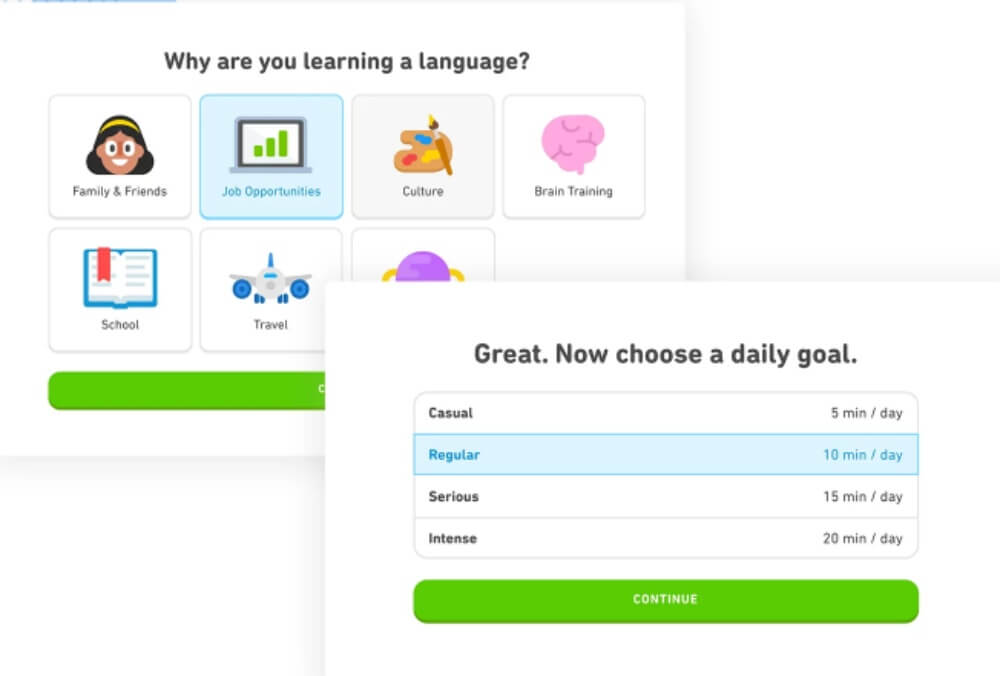
The Twitter messaging app uses the “aha” effect to onboard new users successfully. For example, it immediately asks users to follow other users at the first stages of their sign-up. Using its core features at the initial stage gives users a quick grasp of how the app works.
Take a look:
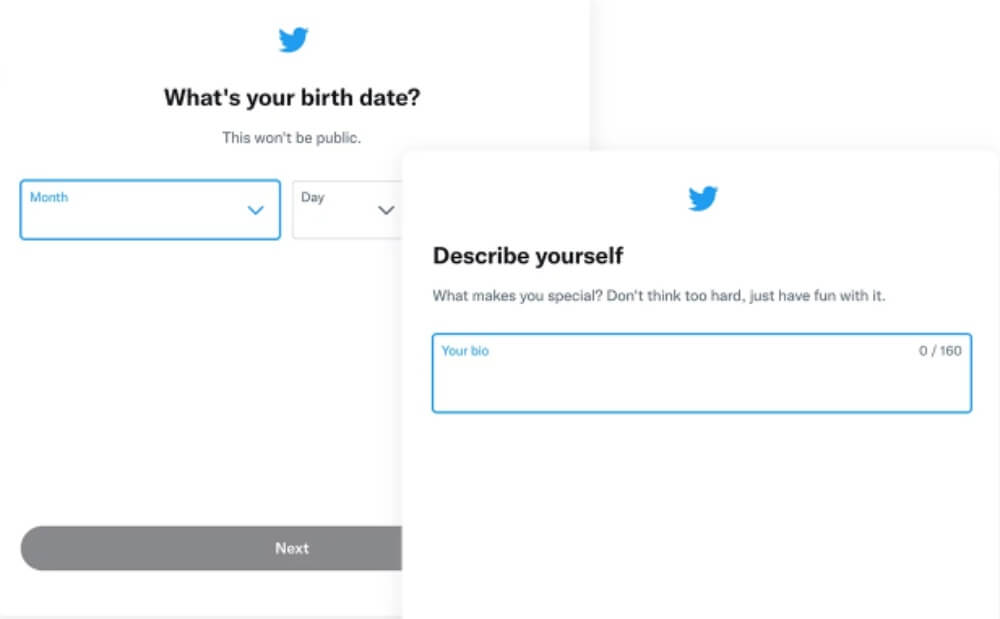
Lookout security app enables an interactive onboarding process for its users. However, its approach is quite different, as it conducts a quick, four-step quiz rather than tutorials. This quiz highlights the app’s benefits and tells users the functions they can perform.
For example:
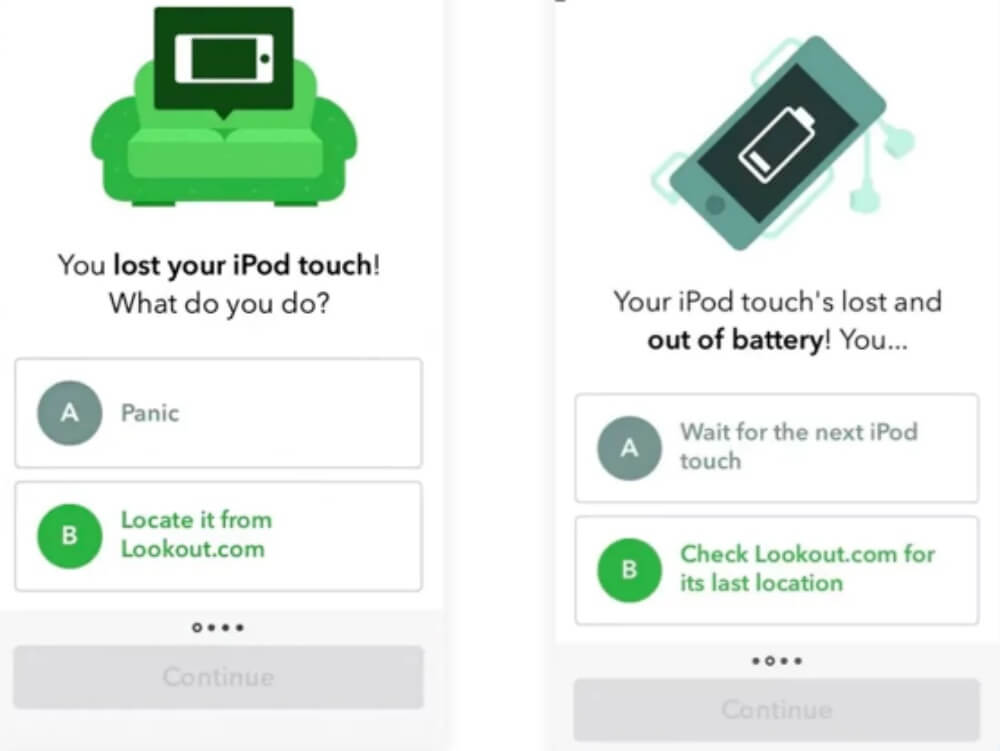
Asana offers a wealth of resources to facilitate its users’ onboarding process. These materials are bite-sized for users to consume quickly and find answers to their questions. What’s more? The resources increase as users get a better knowledge of the platform.
Check this out:
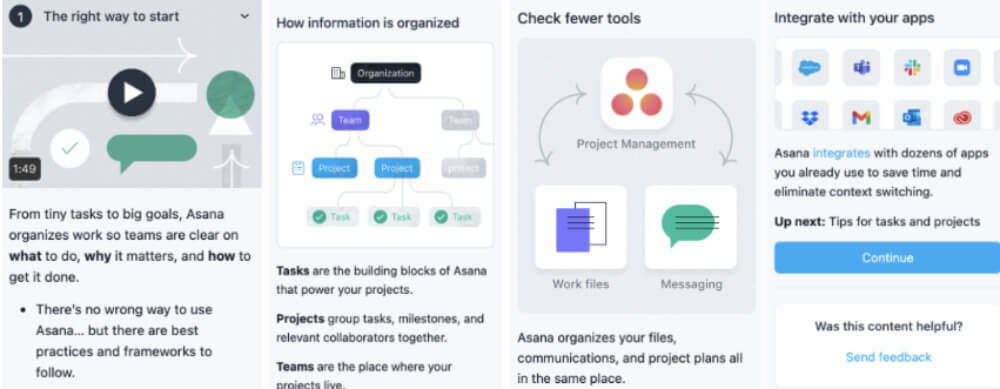
Conclusion
Your user onboarding experience determines your product activation and customer retention rate. This is why it’s essential to create an adequate onboarding flow for your users. This article discussed simple but practical tips for creating a user onboarding flow that works. First, get a deep insight about your users, tell them what to do, use the wow and aha effect, and let them know how close they are to reaching their goal.
Also, we discussed examples of brands with successful onboarding flow. Check out these examples and implement these tips to create an excellent onboarding experience for your users.